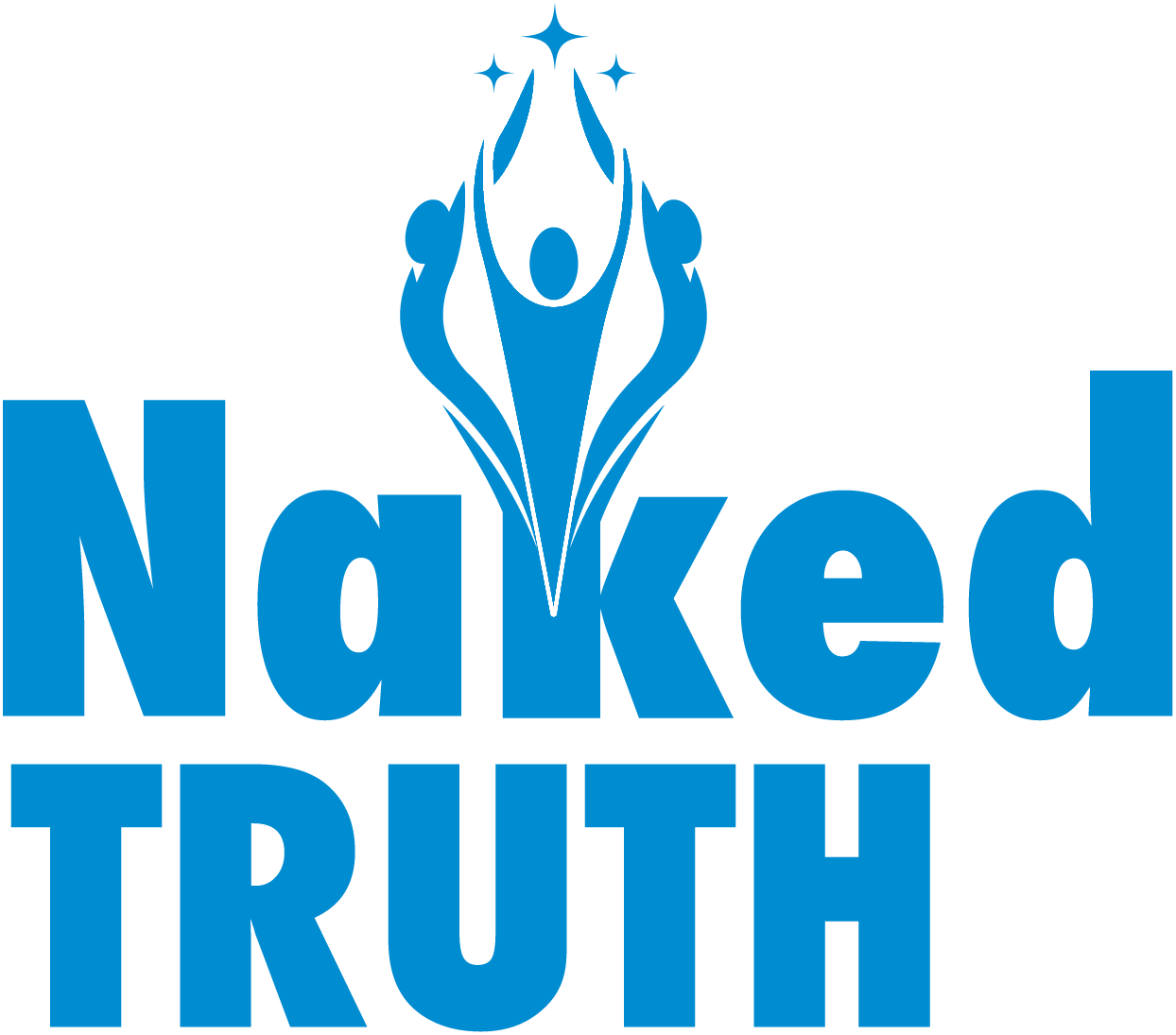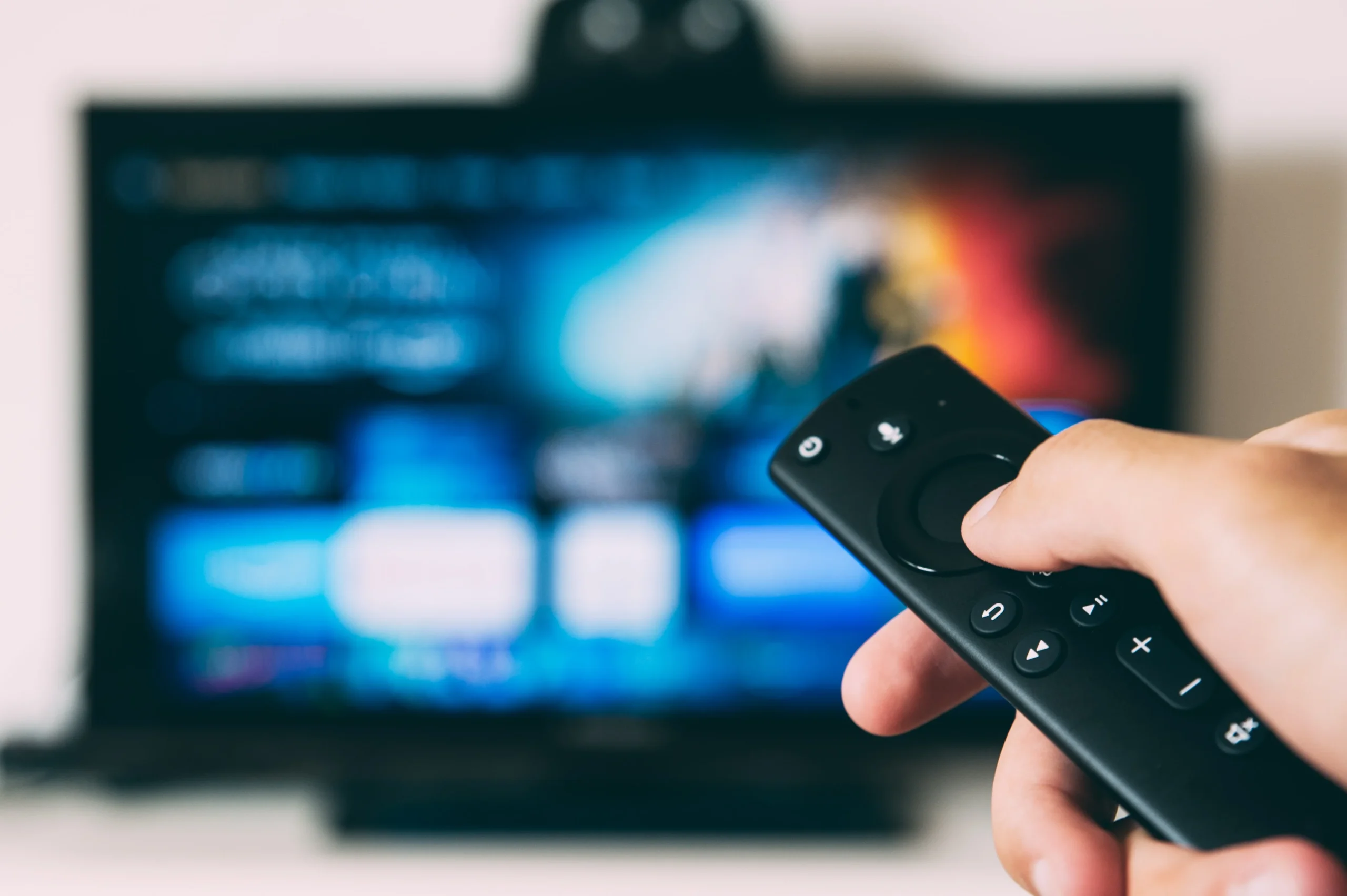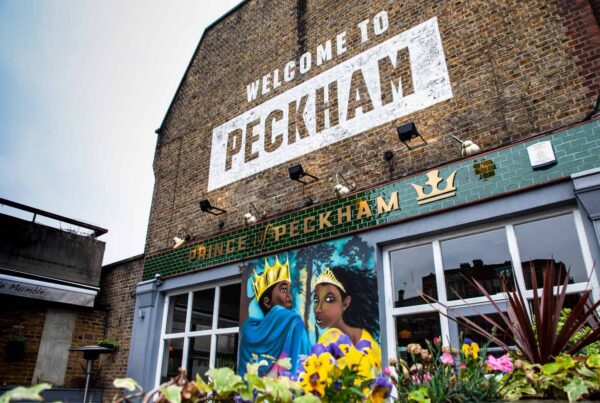Recently, Ms Marvel became the first South-Asian superhero to be featured in the Marvel and DC cinematic universes. After 79 years and 93 superhero movies, the inclusion of a Muslim South-Asian superhero was long overdue.
‘In the past 20 years, Muslim representation in Western films has often been as terrorists, to such an extent that when there is Muslim culture on screen, my heart drops before I allow myself to feel elated,’ writes Varisha Tariq in a glowing review of the series in Stylist.
The success of how Ms Marvel represents South-Asian culture on screen has made many people feel like their identity has finally been seen. ‘Is this how white people feel all the time while consuming content?’ Shivani Dubey writes in The Daily Beast, ‘Because I’d like to feel like this all the time too.’
Representation is powerful, and it’s especially powerful for young audiences. The media shapes the way that children and teenagers see the world. Seeing experiences that represent their own or stories that focus on diverse or minority characters has the power to impact how children feel about themselves and others.
But what exactly is representation in the media? And why is media representation such a big deal? Let’s take a closer look at why representation matters so much to children.
What exactly do we mean by ‘representation’?
When we talk about representation, we mean the ways that the Western media (such as television, films, and books) portrays different types of people and stories. On the whole, discussions of representation relate to traditionally underrepresented groups including, non-white, LGBTQ+ (lesbian, gay, bisexual, transgender, queer, and other genders and sexualities), people with non-dominant religious views, disabled people, and other marginalised identities.
A TV show portraying a character from a minority or marginalised group isn’t automatically ‘good’ representation. Even when more diverse characters appear on our screens, there’s a risk that this can reflect tokenism (making only a symbolic effort toward diversity to avoid criticism or appear progressive) instead of real change. These characters may also be represented as stereotyped or one-dimensional. In contrast, good media representation means that under-represented individuals are portrayed as complex human beings with their own stories.
So, why is media representation so important for children and young people?
Representation impacts how children see themselves
A 2012 study tracked the self esteem of a group of Black and white boys and girls after watching TV. While the Black boys and girls and white girls all experienced lower self esteem after watching television, the white boys saw an increase in self esteem.
The authors proposed that this was linked to the negative portrayals of Black boys and girls and white girls on television. For example, they highlighted stereotypical television portrayals of Black people as sexualised, unprofessional, and even criminal, as causing the teenagers to ‘believe that these are true characteristics of Blacks in the real world’, as they argued. The authors also suggested that white girls who watch a lot of television may also internalise a stereotype that women are ‘passive, weak, and insignificant’ in comparison to ‘dominant, assertive, and powerful’ men.
Meanwhile, white boys saw positive portrayals of people who looked like them, enjoying higher self esteem than before the television viewing.
Today, this study is 20 years old — has representation improved on television at all? A 2020 study by Nielson called Being Seen On Screen: Diverse Representation and Inclusion on TV looked at the top shows on American TV and analysed the amount of screen time that different communities received. It found that white characters still received the vast majority screen time on cable TV — 88% in total. Meanwhile, Women, Native Americans, and Latinos were the most underrepresented groups compared to their percentage of the general population.
The joyful representation of Black Panther
A good example of positive media representation is the film Black Panther (2018). The film set a new record for the biggest February opening weekend ever, earning $192 million in the US in just the first few days. It went on to become the highest-grossing film made by a Black director.
As Kimberley Lawson writes in Vice:
‘The record-breaking response at the box office to the Marvel/Disney film, not to mention the surrounding social media flurry and subsequent thinkpieces, reveal just how hungry audiences are for stories like Black Panther—stories that center those who are sorely underrepresented in mass media.’
Following T’Challa, played by Chadwick Boseman, who is surrounded by varied and complex Black female characters, Black Panther provided fantastic representation to a community who had seldom seen themselves in major Hollywood movies. As Jamil Smith writes in Time, ‘the very existence of Black Panther feels like resistance.’ Remembering how seeing a Black hero in The Empire Strikes Back (1980) had an important impact on his life as a child, he writes that:
‘Those of us who are not white have considerably more trouble not only finding representation of ourselves in mass media and other arenas of public life, but also finding representation that indicates that our humanity is multifaceted. Relating to characters onscreen is necessary not merely for us to feel seen and understood, but also for others who need to see and understand us.’
Representation impacts how children see other people
Smith’s argument highlights another reason that representation matters: it impacts how we see each other. In Carlos Cortes’ book, The Children Are Watching: How the Media Teach About Diversity (2000), the writer explains that:
‘both the news and the entertainment media “teach” the public about minorities, other ethnic groups and societal groups, such as women, gays, and the elderly […] this mass media curriculum has a particularly powerful educational impact on people who have little or no direct contact with members of the groups being treated.’
It’s clear that media representation doesn’t only impact how people view themselves; it impacts the way they are viewed by others. This is especially key for children, whose experience of the world is shaped by the media they consume.
Exposure to stereotypes can have a real impact on the way adults and children relate to other people. For example, in one study, researchers played hyper-sexualised rap music to one group of white adults, non-sexualised rap music to another, and no music to a third. The group who listened to the sexualised rap music were then found to feel less empathy for a young Black woman who was pregnant and in need of assistance, compared to the other groups. The authors attributed this to the priming of a stereotype that Black women were promiscuous, which influenced the participants’ attitudes.
With adults being susceptible to the stereotypical representations of different groups in popular culture, it’s no surprise that young children are also vulnerable to these damaging narratives. For example, it has been found that stereotypical portrayals of different groups can have a real impact on children’s views about gender; consuming a lot of film and TV with gendered stereotypes has been linked to children expressing rigid beliefs about how men and women should behave.
Parents are becoming increasingly aware of the need for media with a focus on diversity. In one American report titled The Inclusion Imperative: Why Media Representation Matters for Kids’ Ethnic-Racial Development, the researchers found that 57% of parents reported that the media their child consumes had prompted conversations about race and diversity. 78% of the parents surveyed wanted their children to view media that teaches them about cultures, religions, and lifestyles different to their own.
In the same study, many parents cited Sesame Street (which has been praised for its inclusion of autistic, HIV positive, and homeless characters) as a good example of representation in the media. They also mentioned Dora The Explorer as a show that represented diversity effectively. However, people of colour are still underrepresented in the media as Asian, Black, Middle Eastern, Latino, and Indigenous characters often play into stereotypes. It’s clear that many parents want more media that portrays diverse experiences, characters, and topics.
Conclusion
With representation of people of colour, women, LGBTQ+ individuals, disabled people, and other marginalised groups still so poor in much of the media we consume, it’s important that we all push for better portrayals in the media. Films and TV play a key role in changing public opinion and shaping our children’s views; audiences need to hold the media industry accountable.
Representation is one of our priorities at Naked Truth, the UK’s first PR agency to specialise in diversity marketing and race relations. In our PR, marketing, production, and talent representation, our mission is to amplify the voices of individuals and brands who are pushing for social change.
Are you a change-maker looking to spread your message? Contact us to learn more about how Naked Truth is helping clients create lasting social impact.





